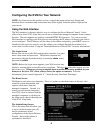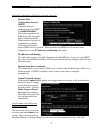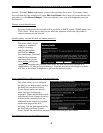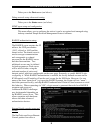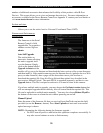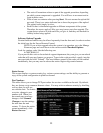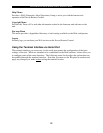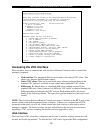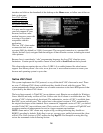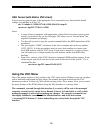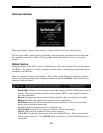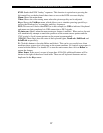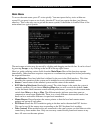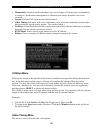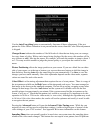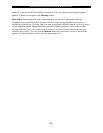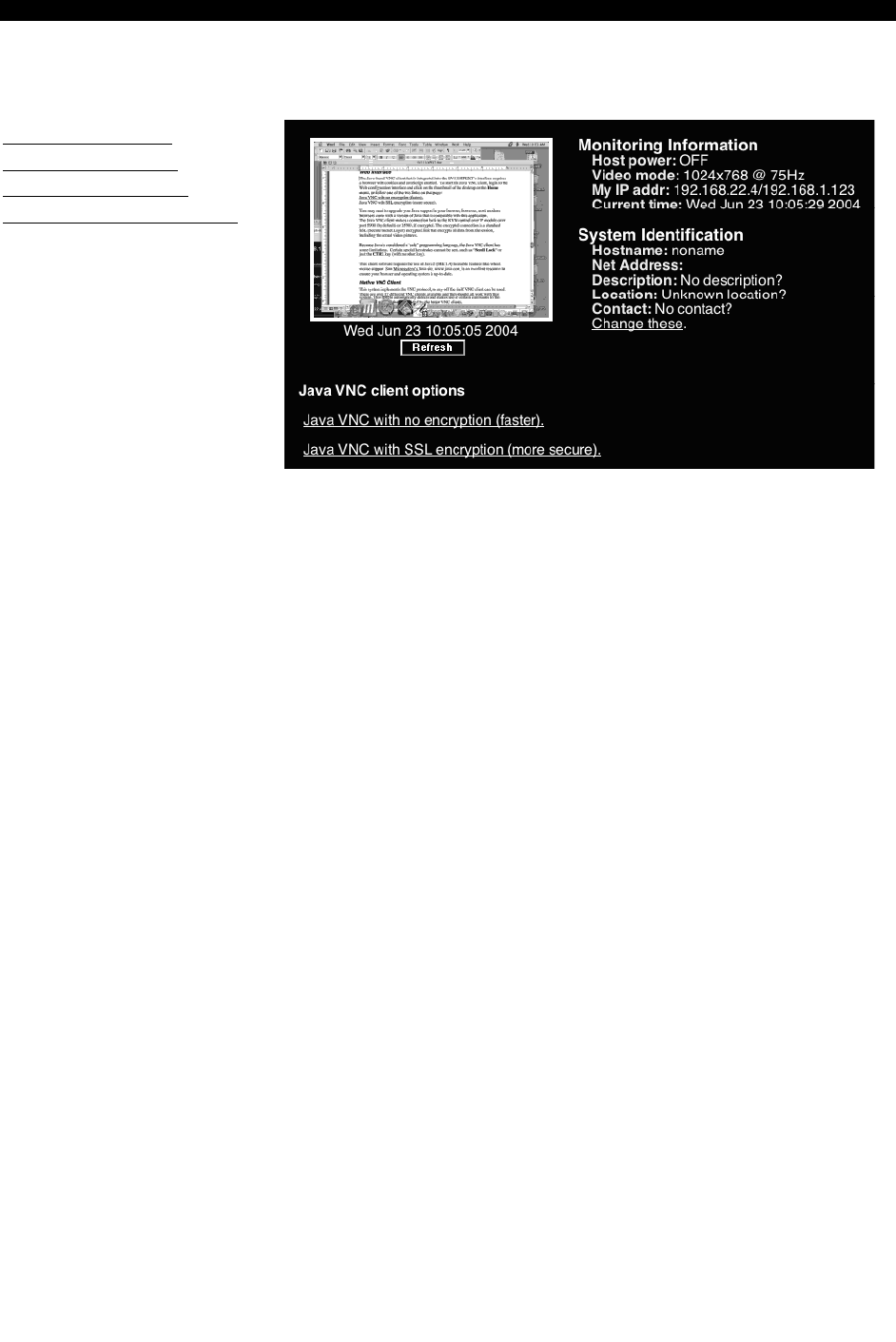
SVx41HDI Series Server Remote Control: Instruction Guide
14
interface and click on the thumbnail of the desktop on the Home menu, or follow one of the two
links on that page:
Java VNC with no
encryption (faster).
Java VNC with SSL
encryption (more secure).
You may need to upgrade
your Java support in your
browser; however, most
modern browsers come with
a version of Java that is
compatible with this
application.
The Java VNC client makes
a connection back to unit
over port 5900 (by default) or 15900, if encrypted. The encrypted connection is a standard SSL
(Secure Socket Layer) encrypted link that encrypts all data from the session, including the actual
video pictures.
Because Java is considered a “safe” programming language, the Java VNC client has some
limitations. Certain special keystrokes cannot be sent, such as Scroll Lock on the keyboard.
This client software requires the use of Java 2 (JRE 1.4) to enable features like wheel mouse
support. Sun Microsystems’s Java site, www.java.com, is an excellent resource to ensure your
browser and operating system is up-to-date.
Native VNC Client
This system implements the VNC protocol, so any off the shelf VNC client can be used. There
are over 17 different VNC clients available and they should all work with this system. This
system automatically detects and makes use of certain extensions to the basic RFB protocol that
is provided by the better VNC clients.
The best client currently is TightVNC (www.tightvnc.com). Binaries are available for Windows,
Linux, MacOS and many versions of Unix. Source code for all clients is available there too. This
version of VNC is being actively developed. The authoritative version of VNC is available from
RealVNC (www.realvnc.com). This source base is the original version of VNC, maintained by
the original developers of the standard. For a commercial, supported version of VNC, you should
consider TridiaVNC (www.tridiavnc.com). Their version of VNC is a superset of TightVNC and
contains a number of enhancements for use in a larger corporate environment.
NOTE: Some native VNC clients may require a flag or setting indicating they should use
BGR233 encoding by default. If this flag is not set, you may see a garbled picture and the client
will fail. The Unix versions of VNC require the flag -bgr233. For examples on using this flag,
review the commands in the following section.



